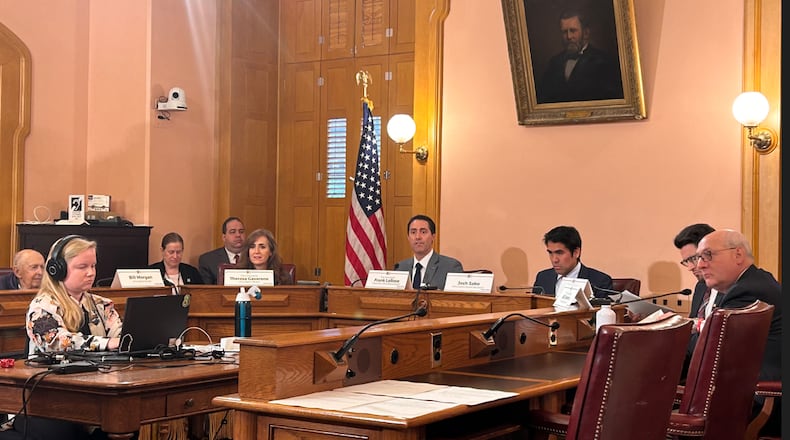Despite a long list of complaints from abortion-rights group Ohioans United for Reproductive Rights, the Ohio Supreme Court found that the ballot board needed only to change the parts of the summary that suggest the “citizens of the state of Ohio,” are blocked from impeding on Ohioan’s reproductive decisions, instead of “the state of Ohio.”
“The ballot language approved by the ballot board would not accurately tell the voters what they are being asked to vote on. Instead of describing a proposed amendment that would establish a right to carry out reproductive decisions free from government intrusion, the ballot language’s use of the term ‘citizens of the State’ would mislead voters by suggesting that the amendment would limit the rights of individual citizens to oppose abortion,” read the court’s majority opinion.
This is the second time this year that the Ohio Supreme Court has ordered the board to readdress its approved ballot language. Previously, the court ruled that the summary of August’s Issue 1 was misleading and inaccurate.
Only two of seven justices — Republican Pat Fischer and Democrat John Donnelly — were in full agreement on the decision. All five others agreed in part, and disagreed in part.
In a majority opinion written by Fischer, the court rejected an argument made by Republican Attorney General Dave Yost that “citizens of the State” and “the State” are the same, on grounds that Ohio has a government “of the people.”
Fischer noted that the Ohio Constitution never uses the phrase “citizens of the state,” that citizens and the state are “not necessarily synonymous,” and that the approved language, as a result, “would not accurately tell the voters what they are being asked to vote on.”
“Instead of describing a proposed amendment that would establish a right to carry out reproductive decisions free from government intrusion,” he wrote, “the ballot language’s use of the term ‘citizens of the State’ would mislead voters by suggesting that the amendment would limit the rights of individual citizens to oppose abortion.”
The abortion amendment, as phrased, would establish “a fundamental right to reproductive freedom” with what backers describe as “reasonable limits.” The proposal would prohibit government restrictions on abortions and other forms of reproductive care up until the point of fetal viability outside the womb.
After that, state laws could limit abortions, as long as they maintained exceptions for the life or health of the pregnant patient.
Viability falls typically around the 24th week of pregnancy, close to the point where most abortions are illegal in Ohio now. That juncture long stood as the standard under Roe v. Wade, the landmark U.S. Supreme Court case that had guaranteed nationwide abortion access, until it was overturned last year. That decision kicked abortion access decisions back to the states.
Ohioans United for Reproductive Rights, the fall ballot campaign, and Yost’s office engaged in a fierce back-and-forth in court filings over the disputed ballot language.
The abortion rights campaign’s lawsuit challenged five separate pieces of the state’s language, including its reference to the right to “medical treatment” rather than to making and carrying out “one’s own reproductive decisions.”

